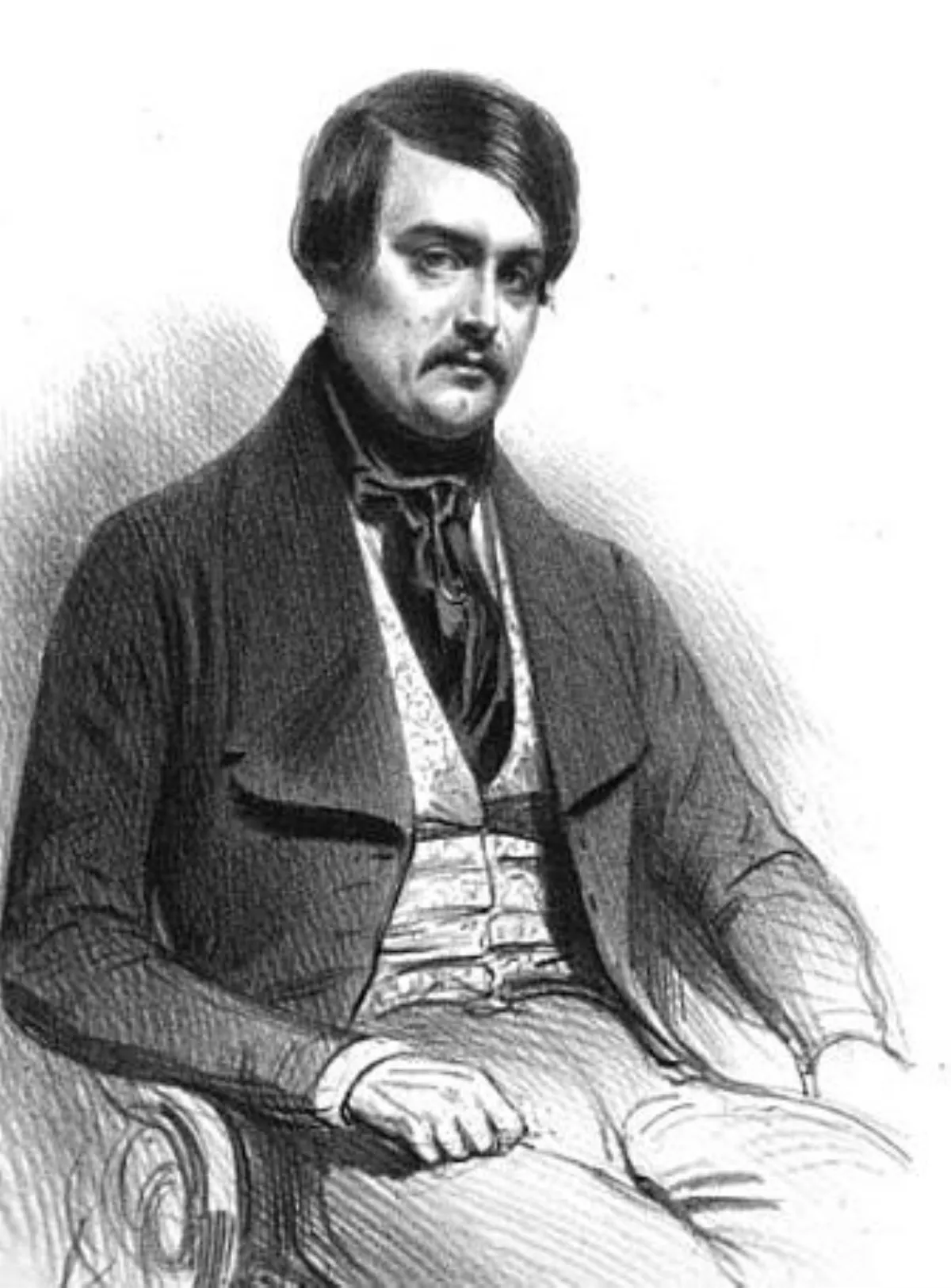 1.
1. Alphonse Royer, was a French author, dramatist and theatre manager, most remembered today for having written the librettos for Gaetano Donizetti's opera La favorite and Giuseppe Verdi's Jerusalem.

 1.
1. Alphonse Royer, was a French author, dramatist and theatre manager, most remembered today for having written the librettos for Gaetano Donizetti's opera La favorite and Giuseppe Verdi's Jerusalem.
Alphonse Royer translated the theatrical works of the Italian dramatist Carlo Gozzi, as well those of the Spanish writers, Miguel de Cervantes, Tirso de Molina, and Juan Ruiz de Alarcon.
Alphonse Royer was born in Paris to a prosperous family with various commercial interests.
Alphonse Royer initially trained to be a lawyer, but was more interested in poetry and the theatre and longed to travel.
Alphonse Royer's father sent him abroad where for several years he travelled in Italy and the Middle East, and carried out several minor diplomatic and business missions.
Alphonse Royer was in Constantinople during the 1826 revolt of the Janissaries against Mahmud II and later wrote an account of it in his 1844 novel, Les janissaires.
Alphonse Royer held salons at his apartment in the Rue de Navarin, attended by literary figures, artists, composers and journalists, all of whom were close friends.
In 1841, Gautier and Alphonse Royer were Heine's seconds in his duel with Salomon Strauss which had involved them in lengthy negotiations with Strauss over the time, place and weapons.
Alphonse Royer had been spoken of as a possible successor to Vedel, the director of Theatre-Francais, who resigned his post in 1840.
However, in 1853 Alphonse Royer was appointed director of the Theatre de l'Odeon, where several of his plays had premiered in the 1840s.
Vaez joined him at the Odeon as a stage and artistic director and then went with him to the Paris Opera in 1856 when Alphonse Royer became the director there.
Alphonse Royer told the composer that for the opera to have any success with Parisian audiences, it required the customary ballet, specifically at the beginning of the second act.
Alphonse Royer explained that the influential members of the Jockey-Club de Paris were primarily interested in watching their favourites in the corps de ballet.
Alphonse Royer suffered from involuntary spasmodic movements of the hands, the result of certain not very creditable physical infirmities, and probably to conceal these he continually toyed with a small stick, which he tossed to and fro with seeming affectation.
Alphonse Royer remained director of the Paris Opera until Vaez's death in 1862, after which he left to become France's Inspecteur General des Beaux-Arts.
Alphonse Royer translated the collected theatrical works of the Italian dramatist Carlo Gozzi, as well those of the Spanish writers, Miguel de Cervantes, Tirso de Molina, and Juan Ruiz de Alarcon.
Alphonse Royer had been made a Chevalier of the Legion d'honneur in 1844, and in 1867 was promoted to Officier.
Alphonse Royer died of pneumonia in Paris on 11 April 1875 at the age of 71.
Alphonse Royer's funeral took place at the Eglise de la Sainte-Trinite, followed by burial in Pere Lachaise Cemetery.
Alphonse Royer's death was announced by his executor, Charles Narrey, and his nephew, Edmond Turquet, who led the mourners at his funeral.